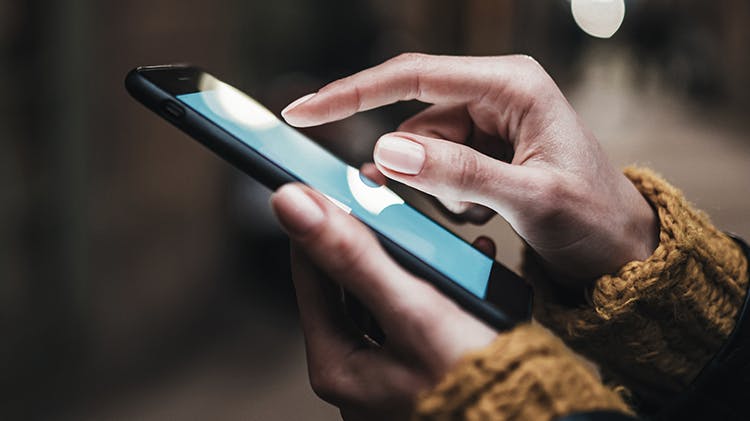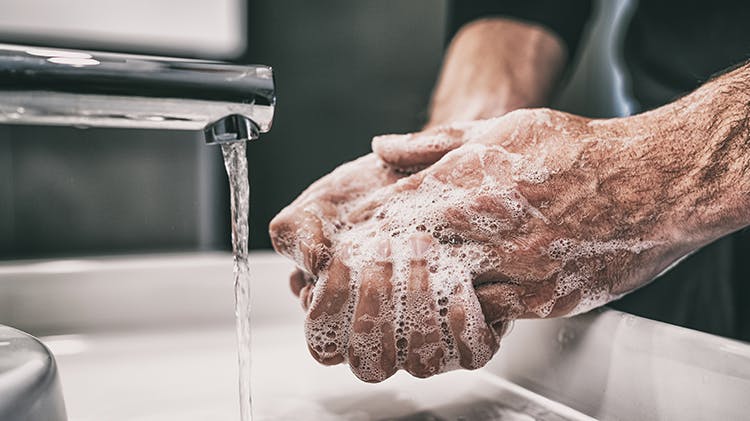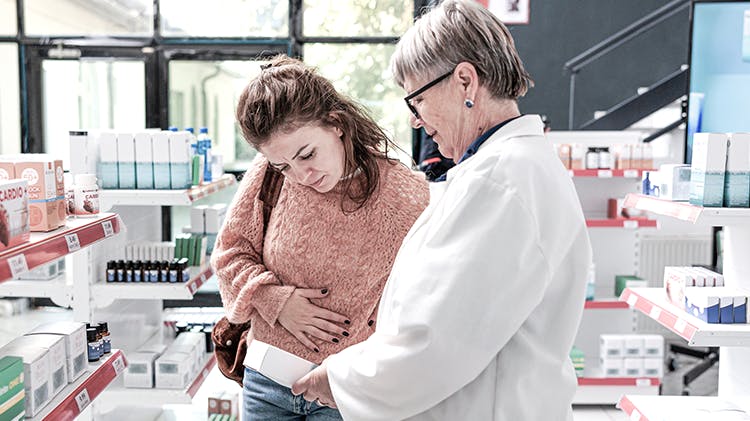The science of decision-making

Recent research can help us understand the science in patient decision-making
Models from health psychology and behavioural sciences can be used to help explain the step-by-step process of beliefs informing intentions and then action, which provide useful ways to understand where barriers to patient behaviour change may exist.1 Whilst challenging patient misconceptions is an important part of everyday practice, healthcare practitioners will also be familiar with those patients who seem to have good intentions, yet struggle to translate them into action.1
The rich diversity of research that exists across the fields of human sciences, including health psychology, can help us understand why and bridge this gap.1 We can use learnings about rational versus subconscious decision-making to unlock new ways to effectively nudge people towards positive and lasting behaviour change, with widely varying applications in health.1,2
Rationally processing misinformation
Traditionally, behaviour change campaigns have catered to a more rational type of decision-making (e.g., educational posters on the dangers of smoking).2 Developments in health psychology have allowed us to better understand these types of patient belief systems, identify where they impact decision-making and may be barriers to adopting health advice, and develop ways to overcome them.3

Case study: prebunking gamification and COVID-19
A psychological approach termed “prebunking” is one way researchers have proposed to help combat misinformation. It involves warning people of an impending attack on their beliefs and pre-emptively refuting the misinformation, either through text, videos or even games.3
The University of Cambridge developed an online 5-minute game, Go Viral!, successfully utilising the principles of prebunking. After playing the game, people perceived COVID-19 misinformation as more manipulative, it improved their confidence to spot misinformation and reduced their willingness to share misinformation with others.4
The subtle art of subconscious decision-making
Whilst we may be more familiar with rational, health education campaigns, much human decision-making has been found to be subconscious. A meta-analysis found that changing people’s rational intentions to act only accounted for 28% of the variation in the resultant behaviour change, meaning much more is at play.5
Where decisions are made subconsciously, influenced by a variety of possible context cues, it opens up exciting possibilities for healthcare practitioners to modulate environments to help affect behaviour change instead of relying solely on people following through on good intentions.

Case study: olfactory priming and hand hygiene
One study demonstrated a “clean” citrus smell can subconsciously nudge people to wash their hands. Olfactory priming, the process by which exposure to certain olfactory cues can alter behaviour without the person even being aware, was shown to be an effective way of increasing hand hygiene behaviour on the surgical intensive care unit (ICU) of a hospital in Miami, Florida. Individuals entering the ICU who were exposed to the “clean” citrus smell were significantly more likely than the control group to perform hand hygiene (46.9% vs 15.0%; p = .0001).6
Learn more about the power of human sciences

Putting research into practice
Learn more about the practical applications of human sciences research.

Our mission
Find out how we’re working with experts in human sciences to drive patient change.

Supporting patients in pain
Find out why we think human sciences research can support pain management in pharmacy.
